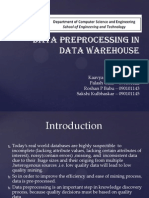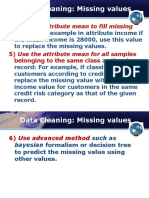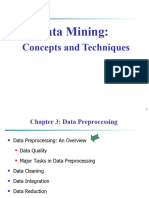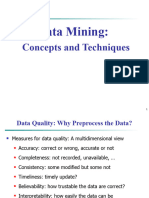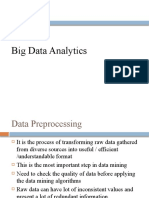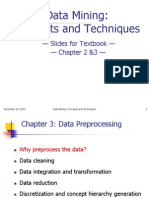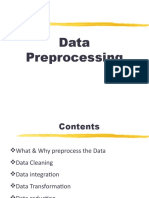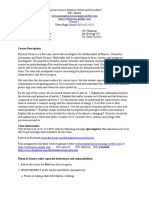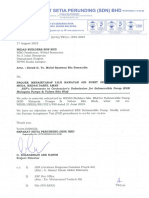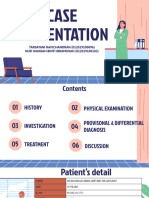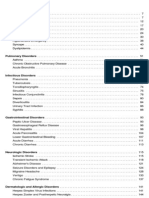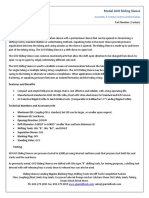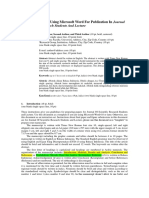0% found this document useful (0 votes)
36 views22 pagesUNIT 3 Data Preprocessing
Data preprocessing is a crucial step in data mining that transforms raw data into a usable format by ensuring data quality through tasks such as data cleaning, integration, reduction, and transformation. Key aspects of data quality include accuracy, completeness, consistency, timeliness, believability, and interpretability. Techniques like binning, regression, and normalization are employed to handle issues like missing or noisy data and to prepare data for effective analysis.
Uploaded by
narayanCopyright
© © All Rights Reserved
We take content rights seriously. If you suspect this is your content, claim it here.
Available Formats
Download as PDF, TXT or read online on Scribd
0% found this document useful (0 votes)
36 views22 pagesUNIT 3 Data Preprocessing
Data preprocessing is a crucial step in data mining that transforms raw data into a usable format by ensuring data quality through tasks such as data cleaning, integration, reduction, and transformation. Key aspects of data quality include accuracy, completeness, consistency, timeliness, believability, and interpretability. Techniques like binning, regression, and normalization are employed to handle issues like missing or noisy data and to prepare data for effective analysis.
Uploaded by
narayanCopyright
© © All Rights Reserved
We take content rights seriously. If you suspect this is your content, claim it here.
Available Formats
Download as PDF, TXT or read online on Scribd
/ 22































